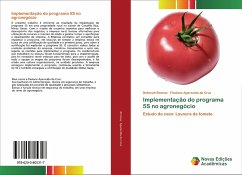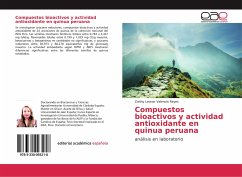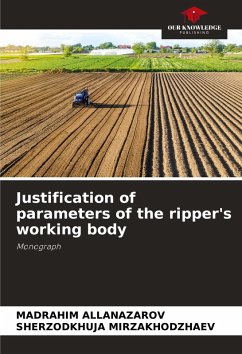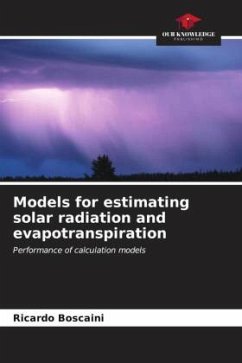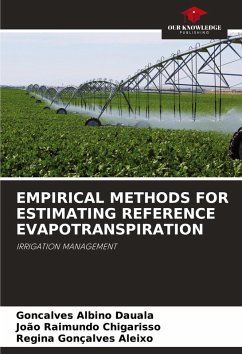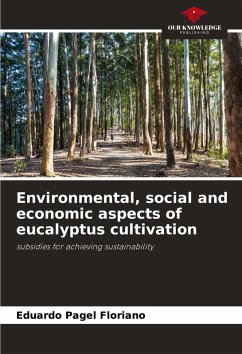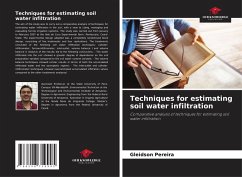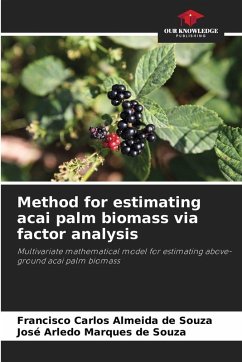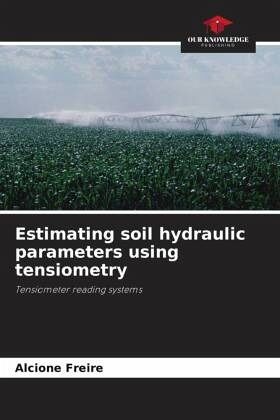
Estimating soil hydraulic parameters using tensiometry
Tensiometer reading systems
Versandkostenfrei!
Versandfertig in 6-10 Tagen
24,99 €
inkl. MwSt.

PAYBACK Punkte
12 °P sammeln!
As the world's population continues to grow, the demand for food is increasing, which means that agriculture faces a major challenge: increasing productivity in a sustainable way, both from an economic and environmental point of view. In this context, there has been a greater demand for inputs, such as water, fertilizers, herbicides, pesticides, correctives, etc. On the other hand, environmental agencies have become concerned about the fate of the chemical products that are introduced into the soil. Monitoring the drainage of the solution in the soil is carried out using instruments capable of...
As the world's population continues to grow, the demand for food is increasing, which means that agriculture faces a major challenge: increasing productivity in a sustainable way, both from an economic and environmental point of view. In this context, there has been a greater demand for inputs, such as water, fertilizers, herbicides, pesticides, correctives, etc. On the other hand, environmental agencies have become concerned about the fate of the chemical products that are introduced into the soil. Monitoring the drainage of the solution in the soil is carried out using instruments capable of measuring the potential energy of the solution due to the forces adhering to the soil matrix. To this end, the tensiometer has proved to be an excellent instrument. Therefore, the aim of this research was to evaluate tensiometer reading systems for quantifying the matric potential of water in the soil and to verify their implications for estimating soil hydraulic parameters.



